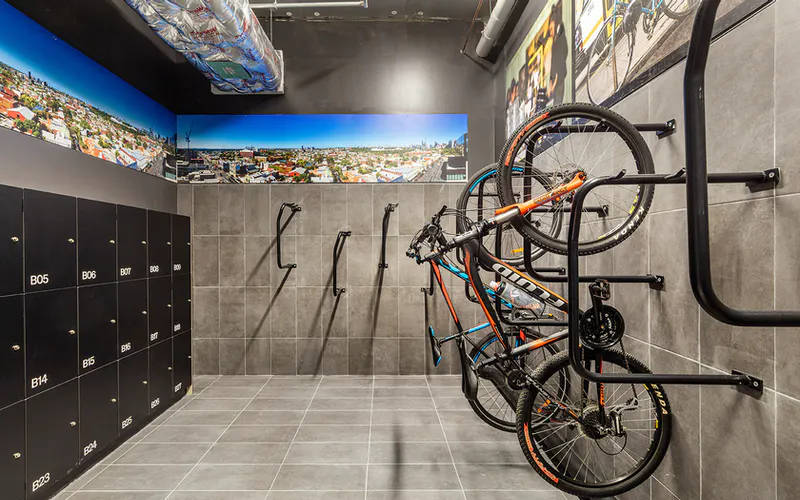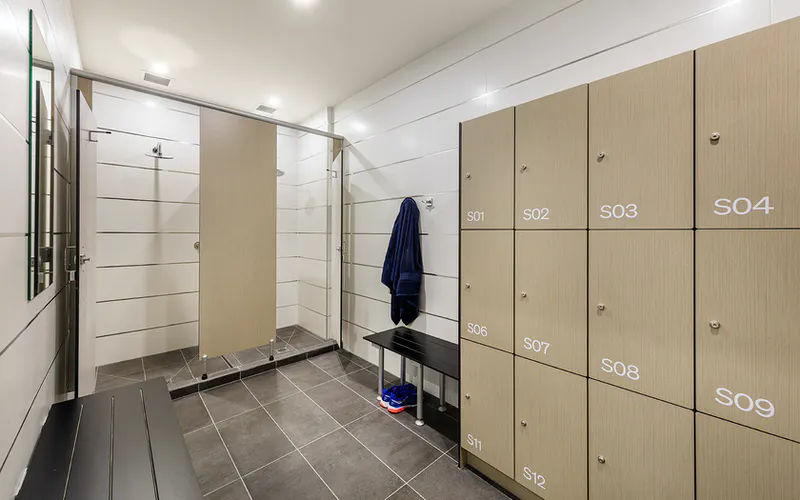Revolving door of employees?
Here are 5 ways to retain your staff
Your business can only ever be as good as the team you have in place to run it.
Of course, once you go to all the hard work and expense of finding and employing the best staff possible, you want to keep them. Not only is replacing staff expensive, but high turnover also depletes staff morale since staff engagement and connection needs to form all over again from scratch.
When you have a team that knows each other well, understands your company inside out and fits with your business values and goals, you need to do everything in your power to maintain that engagement and keep the energy going.
Managing staff retention is the effort a business puts into keeping its best employees. An extensive employee retention program that includes job satisfaction and engagement factors, plays a role in drawing in and maintaining team members. When you develop a plan that makes sense for your team and what they need, they will become an active part of the solution and contribute to your overall productivity.
It’s a far better use of your time and resources to retain key employees in order to avoid high turnover and the impactful cost of a new hire, training and guidance as well as the downtime needed for a new employee to find their stride.
Having a plan to keep people in the organisation is key to building an engaged workplace and sustaining a reliable pool of talent.

Why do employees stay?
The key factor that influences an employee's decision to stay or go is engagement. In fact, a telling symptom of an impending resignation is disengagement so if you see a staff member starting to switch off and pull back, you need to take action.
Fortunately, there are effective retention strategies you can use to help increase engagement and get them loving their work again.
-
Recognition - Employees stay in companies that treat them well and aren’t shy about saying it. If they do a good job, say so.
-
Competitive compensation - rewards in the workplace don’t need to be gifts, bonuses or pay increases (but they can be). Find a good fit for your business type in terms of offering rewards through praise, going home early, massage vouchers or movie tickets, paid lunches, a coffee run or group social outing.
-
Opportunities for growth - Look for ways you can help your staff to get to the next level in their skills and experience through training programs, hands-on workshops and online education. It doesn’t necessarily have to be directly related to your business for training and education to be important and meaningful.
-
Have an open door - Good communication with staff members clues you into employee restlessness long before they leave so you get a chance to solve problems together.
-
Flexibility - if working from home two days a week is what they need, make room for that.
As well as these top drivers for retention, you want to pay attention to your staff's welfare and well-being in a meaningful and genuine way. Listen to your team members when they say they’re confused or overwhelmed and see their point of view. Addressing the causes of negative feelings shows that your business sees each individual as a valuable contribution to the company.
5 ways to retain your staff
Staff retention has always been something that successful businesses have handled well, however, because of the recent and ongoing economic upheavals and renewed personal priorities around wellbeing and work-life balance, staff retention is now a critical point for businesses to master.
The following five steps are important to include in your employee retention plan in order to increase engagement and maintain workplace energy.
Telling a staff member off for making a mistake is a sure-fire way to deplete their morale and engagement levels. Staff members need feedback to be both positive and constructive so they can feel motivated to improve their work and have a course of action to achieve better results next time.
As well as telling them constructively what is going wrong, make sure you double down on noticing and communicating what is going well.
You need to be mindful of how many corrections vs. compliments you’re giving. If the only thing a staff member hears is criticism, they won’t feel like they have anything to contribute, or they may feel respectful that what they are contributing is going unnoticed. According to research by the Harvard Business Review, an ideal balance of six positive comments to one adjustment is recommended.
Remember that the point of positive feedback is about motivating your staff members to do their best, it’s not about ticking the “nice guy” box. Your team members were hired on their merits, so pay attention to when they are doing their job well.
If you want to feel as though your business is climbing up the ranks, make sure your team feels that way too.
Internal promotions are one way to demonstrate that your business is committed to individual employee growth and success. Another strategy is through personal development programs and upskilling.
Staff members should feel encouraged and supported to acquire specific skills, attain higher positions within your organisation and have access to more fulfilling opportunities. It’s worth noting what ambitions your team members have and offering to support them, even if it’s not directly related to your business offering.
The best way to keep your staff engaged and eager to build your business with you is to keep them in the loop with progress, changes and difficulties. Asking for their advice and feedback gives them a voice of power and connection and helps them be part of a worthwhile solution.
Staff members contribute to your business in different ways, so they should be your first point of call in working towards success.
Involving your staff members in bigger aspects of the business helps them feel they are connected to the company’s development, not just waiting for upper management’s orders.
The more committed team members feel to your business and its goals, the less likely they are to consider your company a stepping stone to another opportunity.
-
Provide flexible working arrangements
Different staff members will have different needs that won’t necessarily match your company’s set-up, for example, some staff members may need to maintain a partially remote setup.
Showing some flexibility and meeting them at least halfway can reinforce how important meeting staff needs are and how valuable your team is to your business.
If you have any concerns, address these with your team. Complete work from home arrangements have their own pitfalls, so employees may need to look for more face-to-face opportunities such as professional co-working spaces, in order to keep productivity and business engagement high.
It’s important to know about the environment your team members are working in, some employees have adapted to be productive at home but others may need a dedicated space for them to knuckle down and focus on work.
As part of the push for a better work-life balance, you can address your team’s needs at work and support their well-being with time and space for collaboration.
People do better together. Far from being unproductive, water cooler moments in the offer create engagement, reduce work stress and help solve problems and improve workflow.
Your company culture is part of what goes into an employee’s experience of your business so make sure there are planned times, activities as well as zones where your team can come together and share their experiences and expectations and work to find solutions.


No matter what the size your company is, from startups to corporates, we can work with you to customise the right space for your staff needs.
If you are ready to experience what it’s like to be immersed in a great work environment, get in touch to find the @WORKSPACES location for you.



